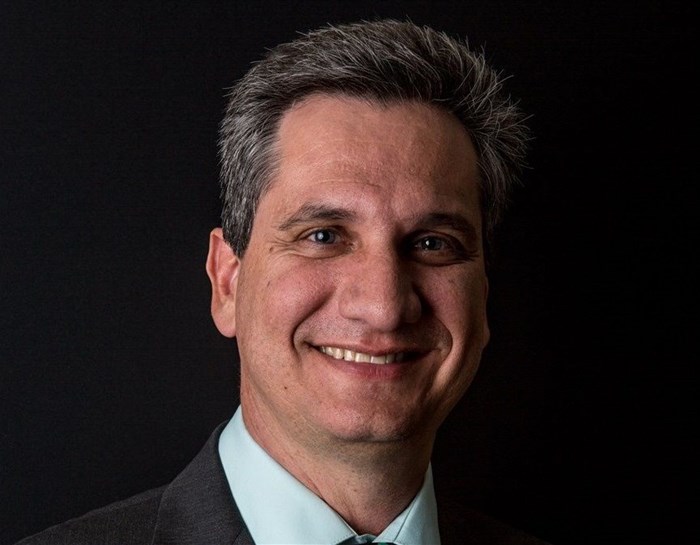
It was anticipated that body-worn cameras would provide visual evidence for criminal prosecutions and assist law enforcement officers in criminal investigations. Instead, a set of snags and challenges were revealed making the technology more of an administrative burden than a much-anticipated cure. This was due to its location on the body (the chest where vision could easily be obscured) and its ability only to record on an SD card and inability to live stream.
The thinking behind body-worn cameras is admirable, however, the technology was still too emergent to have the desired effect of putting eyes on the ground in real time, stamping out the opportunity for crime and corruption.
Basically, with a camera worn on a person’s chest that records video onto an SD card, the only way for operations managers to receive and view that footage is to wait for the individual to check back in at the control room. They would have to hand over their SD card to be plugged into a PC in order to download the footage.
This is obviously not real-time viewing if the footage must be manually downloaded, and the scope for error grows when a control room operator is managing the footage from upwards of 20 officers each with an SD card. An SD card is tiny and easy to damage or misplace, whether intentionally or accidentally. In short, the body-worn camera’s true flaw is its lack of real-time accountability, control and susceptibility to tampering.
It soon became apparent that hopes of putting eyes on the ground in high-risk or first-responder situations would not materialise with the standalone device package that is the body worn camera.
To strip away its limitations, it becomes necessary to think bigger and smarter than just a device. Companies have therefore started using a cloud-based platform, control room where operators can make use of HD video along with location and motion information. By pairing a compact sensory device (the camera with built-in microphone and panic buttons) with a unit that is capable of providing power, communications and storage capabilities can create a complete end-to-end video recording and management system all wrapped up as a ‘smart mobile sensor platform’.
Cameras are now small enough to attach to glasses, collars, shirts or even vehicles, making it unobtrusive and ensuring an unobstructed recording view. Advancements in video compression technology and the continued rollout of mobile connectivity makes it possible to add a GSM SIM card to the mix to support live transmission at D1 resolution.
South African security companies, as well as public protection organisations, are in desperate need of effective eyes and ears on the ground. Technology should make it possible to utilise resources and manpower more effectively. In addition, technology companies working on body-worn cameras need to think of ways to improve transparency and enforce accountability wherever applied. However, in order to be effective, the scope for human error must be eliminated as much as possible.
To this end, footage must be encrypted and transmitted live back to the control room, and it is this, along with automatic upload to the VMS when docked, that makes such a technology more reliable.
From an evidentiary perspective, high-quality video at HD resolution with full data and identity management makes it easy for investigating officers to maintain the integrity of the evidentiary chain, and this is something that older models of body-worn cameras have not been able to do.
If new technology is introduced, law enforcement officers will become obliged to self-correct corrupt behaviour because there’s someone watching them in real time and they’re no longer able to tamper with their recording device.
This is the technology that private security companies and first response teams alike are waiting for – a complete solution from camera to final downloaded recordings in a fully managed platform.